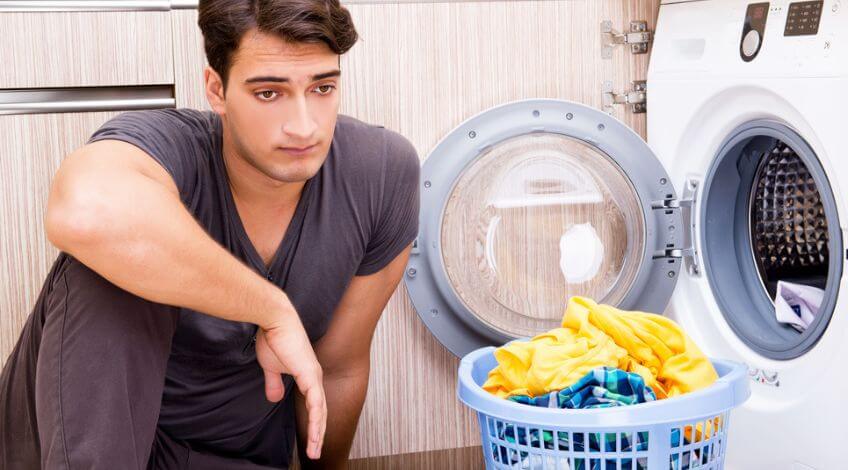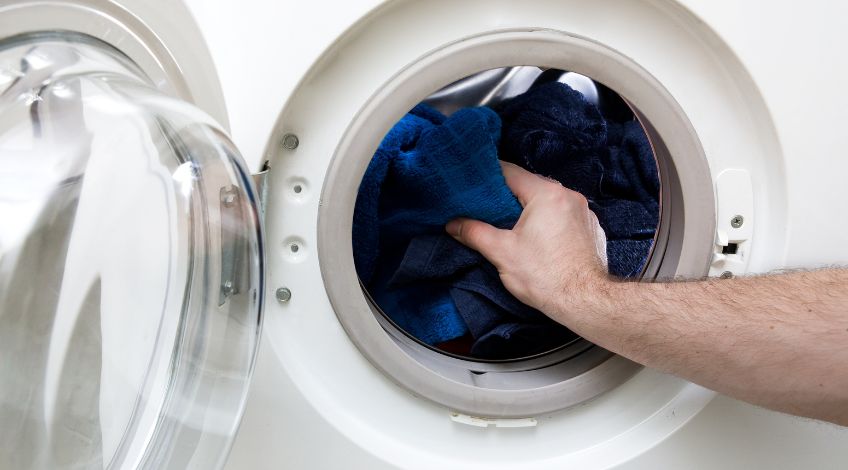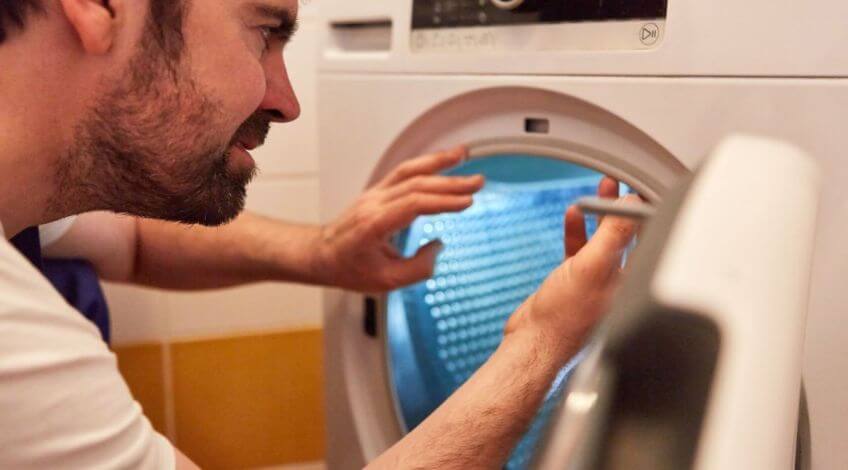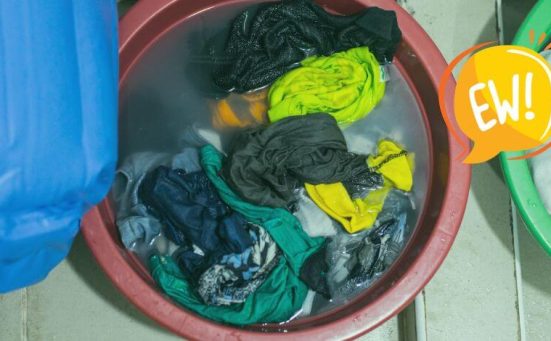
You’ll Never Believe What Putting Wet Clothes in the Dryer Does to Your Machine!
Ever tossed soaking wet clothes into your dryer? Many of us have, whether it’s due to a faulty washing machine, unexpected rain, or just impatience.
But what really happens when those dripping garments hit the warm confines of your tumble dryer?
It’s time to uncover the shocking truth and why you might want to think twice next time.
What Really Happens Inside Your Dryer When You Put In Sopping Wet Garments
Firstly, let’s address the elephant in the room. Yes, dryers are designed to dry, but there’s a catch: they’re intended for damp, not drenched, clothing.
In fact, frequently putting waterlogged clothes in your dryer can cause damage to both your dryer and your clothes.
Here are the main reasons why putting wet clothes in your dryer is a very bad idea:
You Are Extending Drying Times
When overly wet clothes are placed in the dryer, they don’t just take longer to dry.
Your machine will also struggle to remove excess moisture efficiently, which will often leave you with still-damp clothes after the cycle ends.

Imagine tossing your dripping wet jeans and t-shirts into the dryer. They will be so heavy with water that the dryer will need to run longer to handle the extra moisture.
The result? More wasted time and higher energy bills.
You Are Putting Your Washing Machine Under Unnecessary Stress
Wet clothes are significantly heavier than damp ones.
This extra weight puts undue stress on your dryer’s drum and motor, leading to potential damages or breakdowns.
Also, the continuous strain from the heavy clothes will wear out your machine’s parts faster, which could just lead you to decrease its lifespan significantly.
Why risk wear and tear on your machine? If you’re not some rich bloke with spare cash, we suggest wringing your clothes out first or something.
You Are Risking Mechanical Failure
Finally, the added weight and imbalance that are caused by waterlogged clothes can cause mechanical issues to your dryer. What does that lead to? Early mechanical failure.
Why does this happen? Over time, the strain of turning a heavy, wet, load of clothes will damage the drum’s alignment and bearings, leading to costly repairs.

Or worse, replacement. If you want to buy a new tumble dryer, go ahead and continue putting waterlogged clothes in it.
You’ll probably need to get a new machine after just a few months.
What About Your Clothes?
The impact of putting wet clothes in your dryer extends beyond just the machine. In fact, your clothes will suffer, too!
Here’s what happens: When clothes are overly wet, they clump together, creating more friction as they tumble.
This not only leads to more wrinkles, but can also cause the fabric to wear out faster.

Think fraying edges and thinning materials, which are definitely not what you want for your favourite outfit!
Also, if your clothes don’t dry properly within the cycle, they remain damp.
This is the perfect breeding ground for mould and mildew, which not only smells awful but can also pose health risks!
So what can you do to avoid the risks above and ensure your clothes come out of the dryer perfectly dry? Here are some tips:
Wring Out Excess Water
Before you even think about the dryer, try to remove as much moisture as possible from your clothes manually by wringing them gently.

This simple step can significantly reduce drying time and protect your dryer.
Air Dry
Whenever possible, hang your clothes out to dry!
This natural method is not only gentle on fabrics but also saves on your energy bills.
If you don’t have outdoor space, a sturdy clothes rack indoors can do the trick.
- 🎁【No Corrosion & Rust-off】🎁- Our Freestanding Clothes Rail is made of high quality metal with durable chrome coating to enhance protection against water, rust, corrosion & scratch.
- 👚【Max Load Capacity 270kg】👚All-steel heavy duty Clothes Rail is solid and sturdy to hold up to 270kg. (180kg on the double hanging rods. 90kg on the bottom shelves for shoes and luggage storage.) It can meet all your extra garment storage needs.
Know Your Dryer’s Limits
Remember, your regular home dryer is designed for specific loads and moisture levels.
Overloading it with heavy, wet fabrics can strain the drum and other critical components, leading to costly repairs!
And there you have it! While it can be tempting to use the dryer as a quick-fix solution for very wet clothes, the potential damage to your machine and garments isn’t worth the risk.
Always ensure clothes are at least damp, not dripping, before you start the cycle. This small step can extend the life of your clothes and dryer, while also keeping your energy bills in check.
Do you have more questions about handling wet laundry or caring for your dryer? Drop them in the comments below!
SEE ALSO: Does The Tumble Dryer’s “Capacity” Mean Dry Or Wet Laundry?
Also, follow us on Pinterest ...




